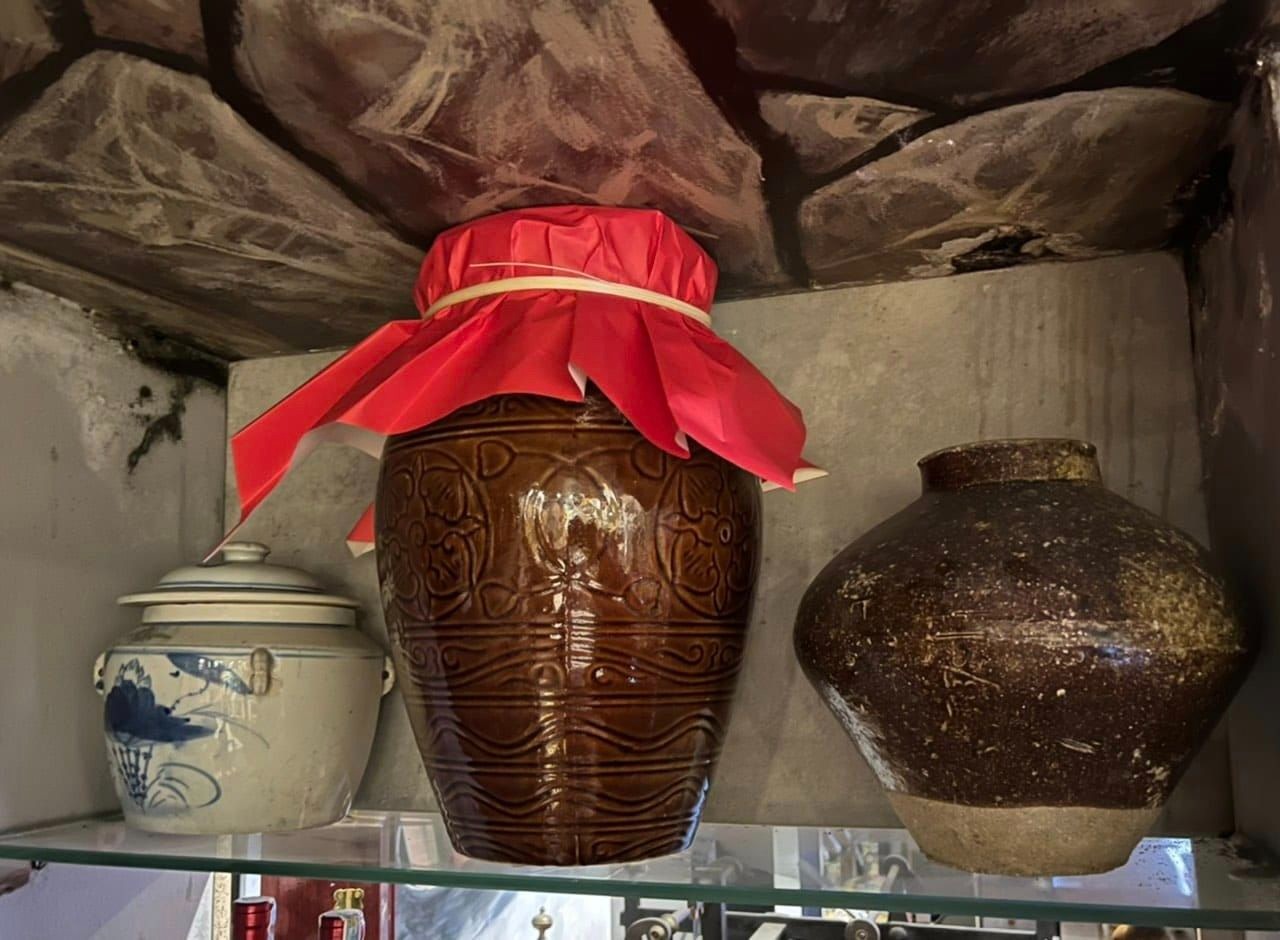The History of Fermentation

Around 20,000 years ago, there were significant changes in weather and climate, and the Earth's temperature increased slightly. This change had a great impact on the natural conditions: the warmer climate allowed plants and animals to thrive and become more abundant. The behavior of humans also began to change, as they started to form settlements and live in groups. Hunting and gathering gradually transitioned to agriculture by domesticating wild plants. Archaeological evidence suggests that agriculture emerged around 10,000 years ago or slightly earlier in the Fertile Crescent region, specifically with the cultivation of a few cereal grains. Around 9,500 years ago, traces of cultivation of eight basic crops (including cereals, legumes, and flax) were found. According to relatively accurate sources, it is believed that humans in this region discovered the process of fermenting alcohol (from grains) shortly after.
Around 7,000 years ago, grapes began to be cultivated, and subsequently, wine production started. Modern analysis techniques have revealed traces of wine on pottery vessels dating back to 7,000 and 6,500 years ago. Archaeologists also discovered tools believed to be used for wine production dating back 6,000 to 5,000 years ago in Georgia and Iran. It is also believed that around 5,000 years ago, people began to produce beer from fermented grains based on the analysis of residue on pottery jars in Egypt.
Clear evidence comes from drawings on walls dating back 4,500 years ago, depicting the process of crushing grapes.
Around 7,000 years ago, some animal species, such as dogs, cats, cows, sheep, and goats, were domesticated, and as a result, their products, especially milk, were utilized. The fermentation of milk to produce yogurt (lactic fermentation) appeared in Babylon around 3,500 years ago.
Bread, a product made from finely ground cereal flour mixed with water to form dough, shaped, and then baked, has also been around for a long time (10,000-8,000 years ago). However, the use of yeast to ferment dough only began around 3,000 years ago. The ancient Egyptians also started using vinegar during this time.
Between 200 BCE and 200 CE, many fermented products emerged: pickles, cheese, soy sauce, and some soybean products like tempeh and miso.
In the early 17th century, Johan Baptist van Helmont observed that sediment from wine could also be used to ferment wine, and he called this sediment "fermentum." This term originated from Latin, possibly from "fervere" meaning to boil, or "ferveo" meaning to bubble (as during wine fermentation, the surface of the fermenting liquid bubbles vigorously). He also noted that the gas escaping from the surface of the fermenting liquid was the same as the gas produced when burning coal.
In the early 17th century, a new tool emerged that facilitated the rapid development of biology: the optical microscope. With this tool, the structure of organisms could be examined more closely. One of the significant contributors in this field was Antonie Philips van Leeuwenhoek. He was skilled in grinding and polishing lenses used to make microscopes and was also a microscope maker himself. He had a habit of recording his observations and trying to explain them, which made him a self-taught scientific researcher. Despite being an amateur, his works were highly valued and influential, with a considerable volume of work (560 recorded reports). In 1675, Leeuwenhoek observed microorganisms and their activities.
In 1836, Theodore Schwann discovered that the cause of fermentation was single-celled organisms using sugar, which he named "Saccharomyces.


